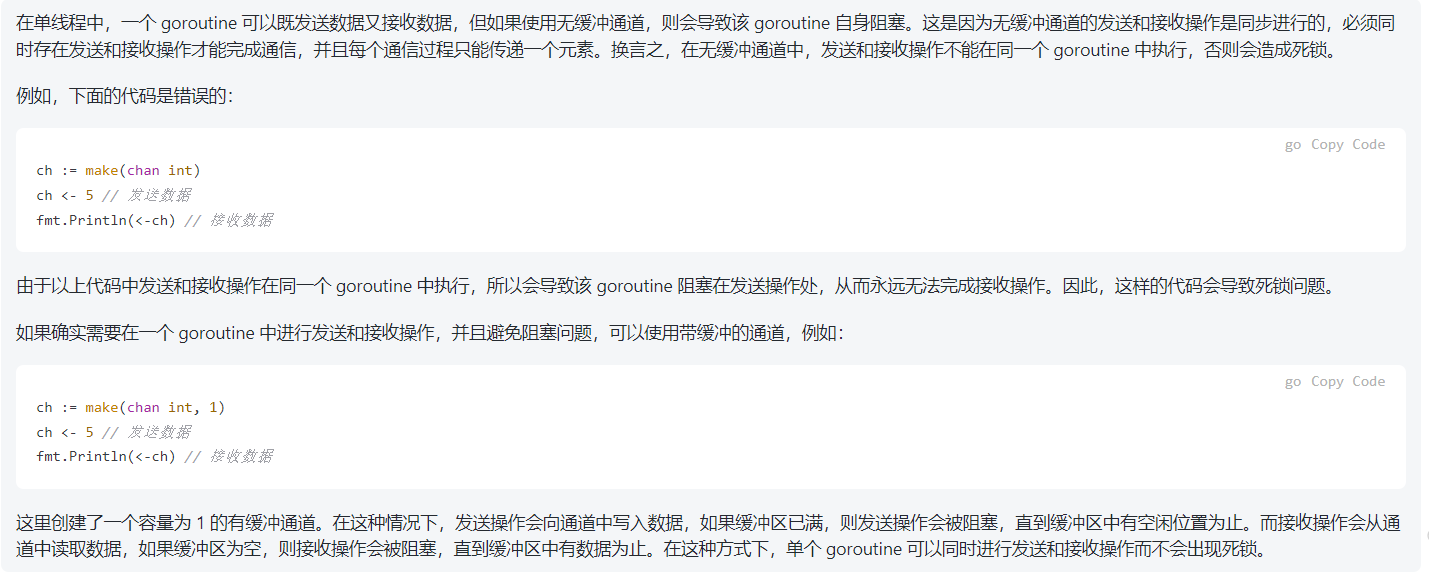一、思想
我们看到技术上高效简单的使用,其实背后除了奇思妙想的开创性设计,另一点是别人帮你做了复杂繁琐的事情。

二、从官网Demo入手
官网就一行代码。这个就是它的启动代码。
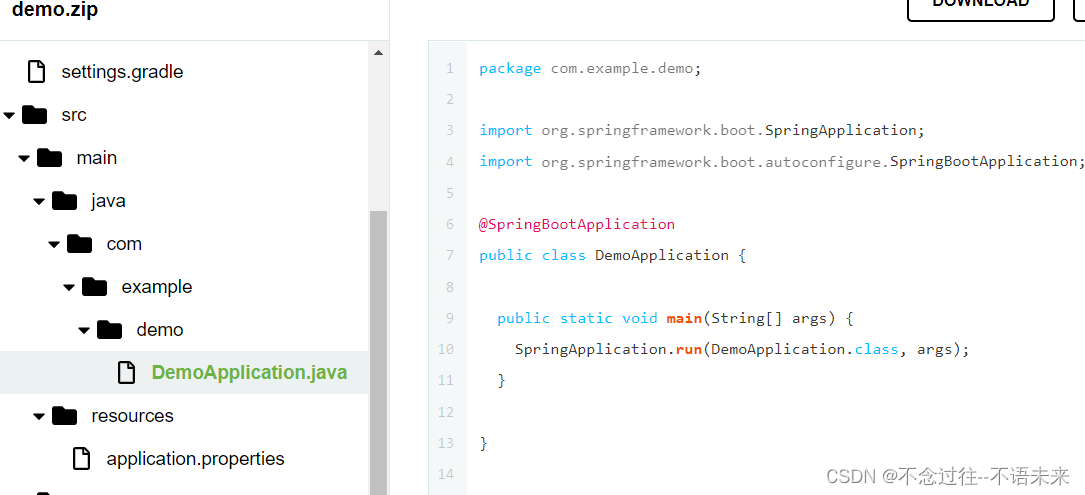
1、@SpringBootApplication注解
①. 三个核心注解的整合。
@SpringBootConfiguration (配置注入)
@ComponentScan(包下bean组件扫描)
@EnableAutoConfiguration (开启自动配置)
(每一个注解都是一个故事,目前咱们只是窥探轮廓)
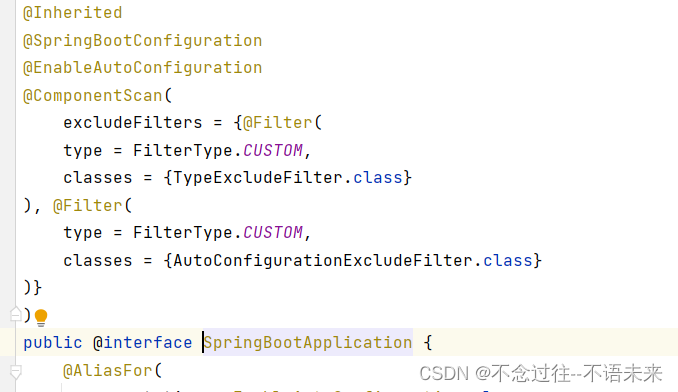
2、Run代码
① 加载配置文件
② 装载Bean容器,以及监听器启动在其中监控对象的创建过程。
③ 加载所有的注解的bean以及自动配置的spring.factories 设置的所有bean
④ 把应用放入内嵌的tomcat服务中
public ConfigurableApplicationContext run(String... args) {
StopWatch stopWatch = new StopWatch();
stopWatch.start();
ConfigurableApplicationContext context = null;
Collection<SpringBootExceptionReporter> exceptionReporters = new ArrayList();
this.configureHeadlessProperty();
SpringApplicationRunListeners listeners = this.getRunListeners(args);
listeners.starting();
Collection exceptionReporters;
try {
ApplicationArguments applicationArguments = new DefaultApplicationArguments(args);
ConfigurableEnvironment environment = this.prepareEnvironment(listeners, applicationArguments);
this.configureIgnoreBeanInfo(environment);
Banner printedBanner = this.printBanner(environment);
context = this.createApplicationContext();
exceptionReporters = this.getSpringFactoriesInstances(SpringBootExceptionReporter.class, new Class[]{ConfigurableApplicationContext.class}, context);
this.prepareContext(context, environment, listeners, applicationArguments, printedBanner);
this.refreshContext(context);
this.afterRefresh(context, applicationArguments);
stopWatch.stop();
if (this.logStartupInfo) {
(new StartupInfoLogger(this.mainApplicationClass)).logStarted(this.getApplicationLog(), stopWatch);
}
listeners.started(context);
this.callRunners(context, applicationArguments);
} catch (Throwable var10) {
this.handleRunFailure(context, var10, exceptionReporters, listeners);
throw new IllegalStateException(var10);
}
try {
listeners.running(context);
return context;
} catch (Throwable var9) {
this.handleRunFailure(context, var9, exceptionReporters, (SpringApplicationRunListeners)null);
throw new IllegalStateException(var9);
}
}
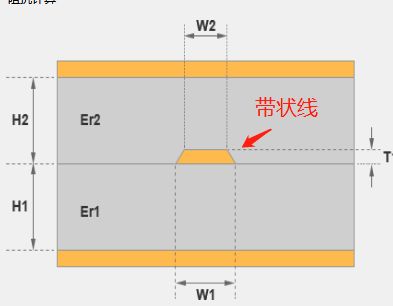


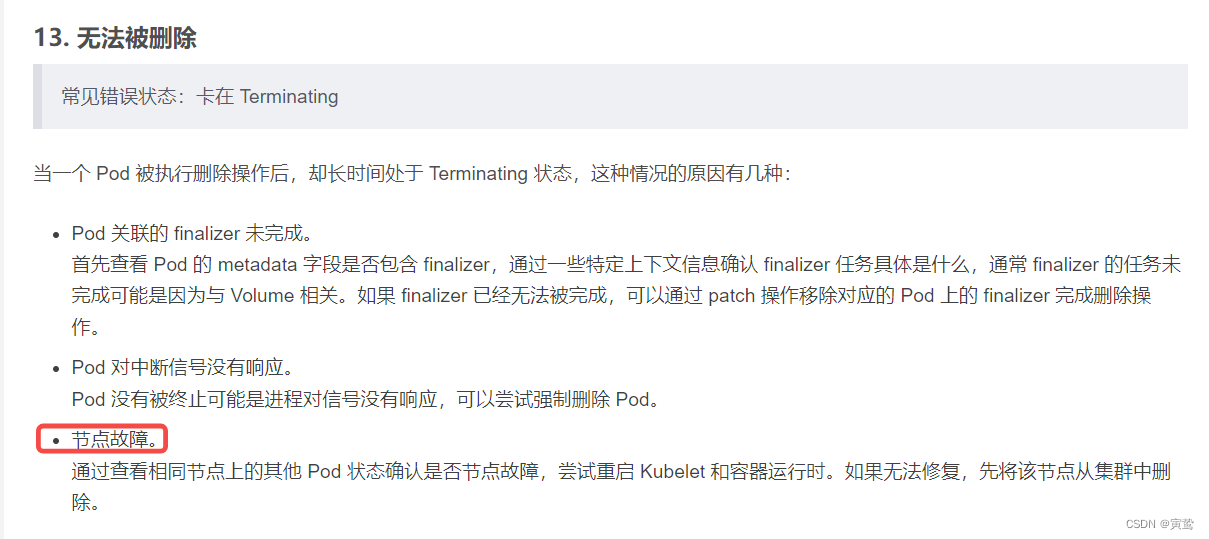
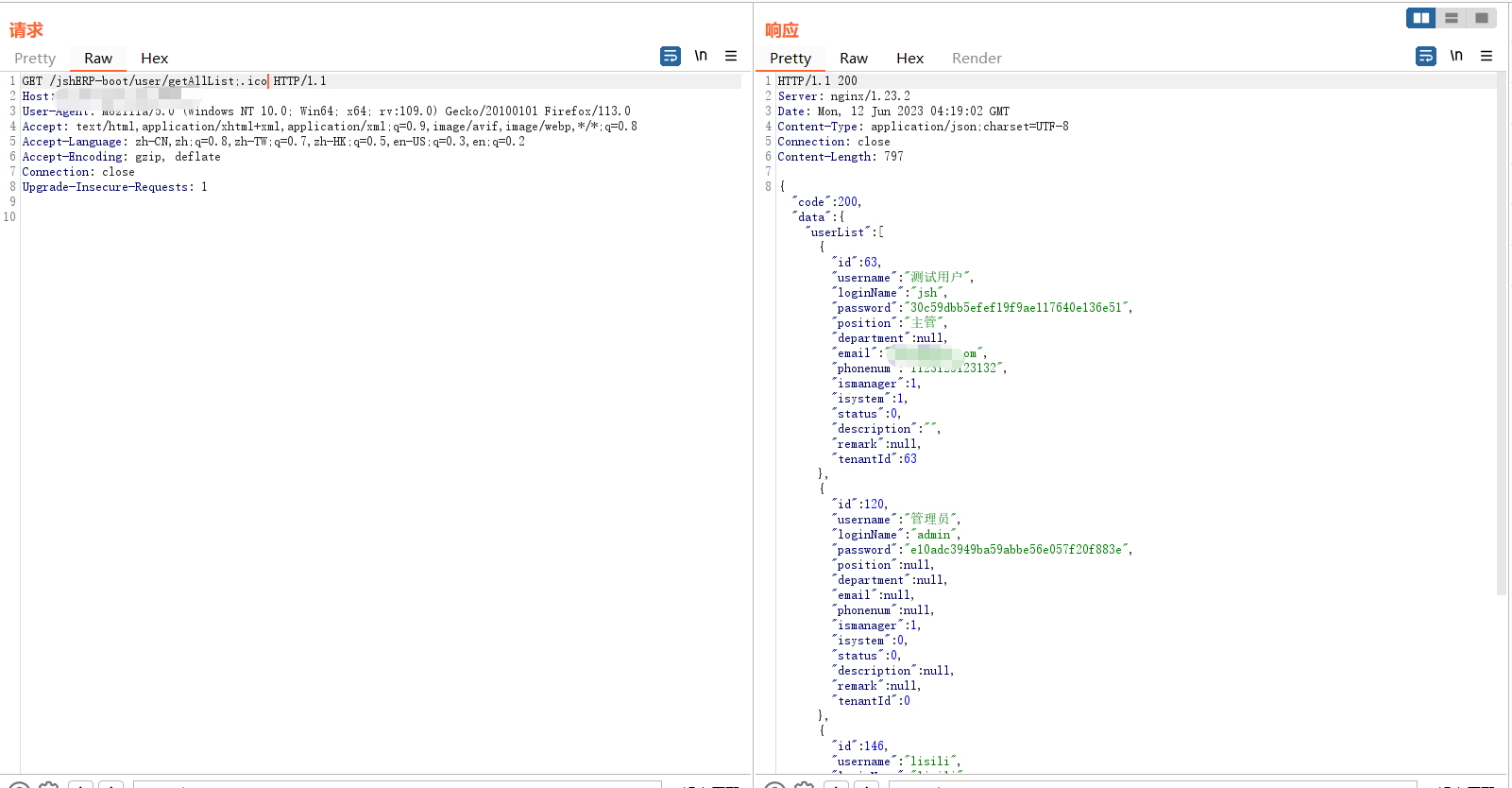

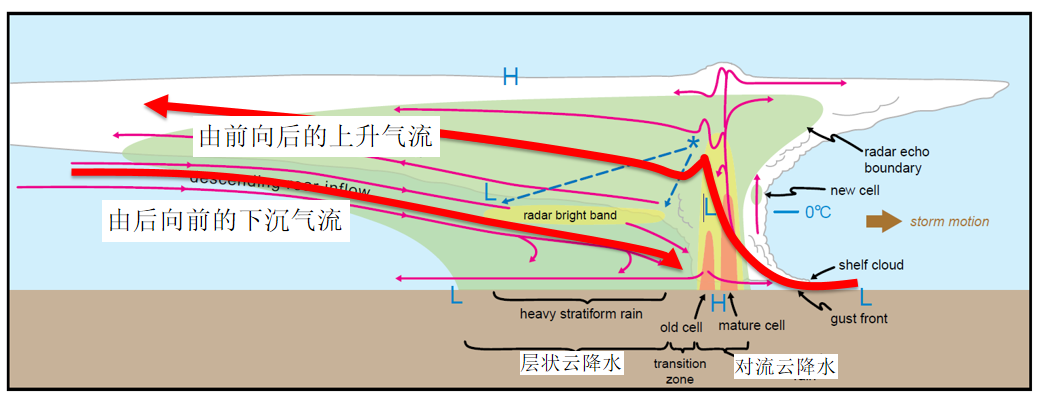
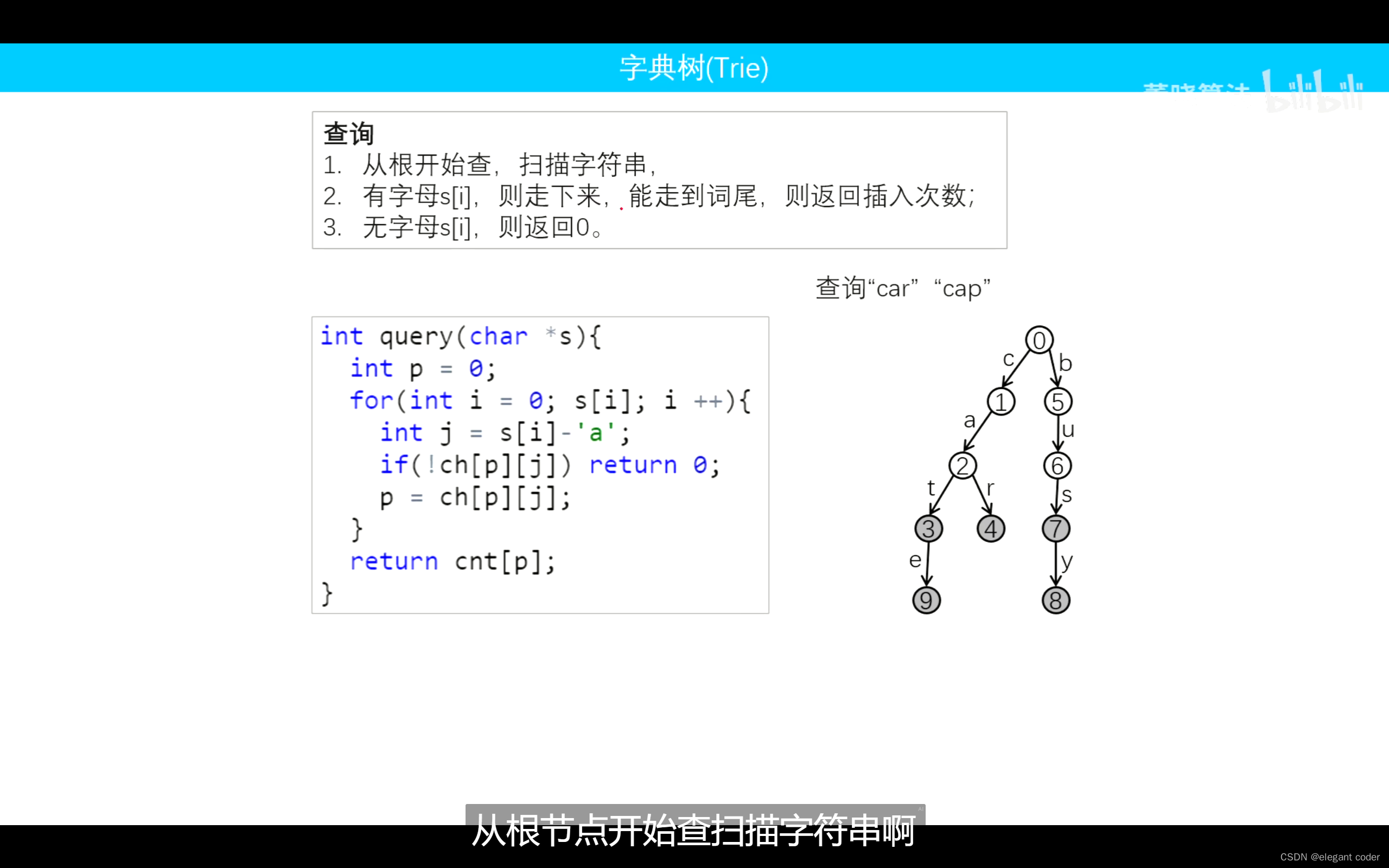
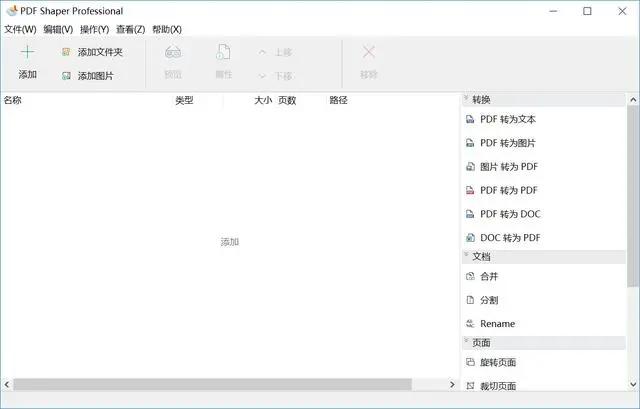


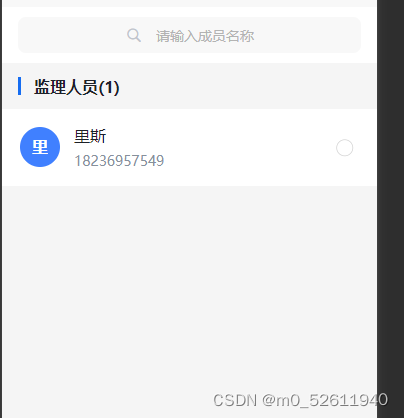
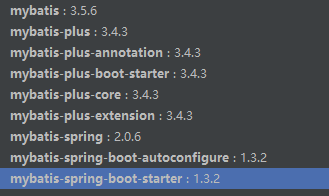


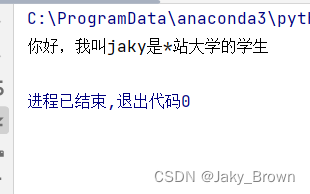
![深度学习应用篇-自然语言处理-命名实体识别[9]:BiLSTM+CRF实现命名实体识别、实体、关系、属性抽取实战项目合集(含智能标注)【上篇】](https://img-blog.csdnimg.cn/img_convert/b65f253ed1ac6e472f1cf5c30d31c3c5.jpeg)
